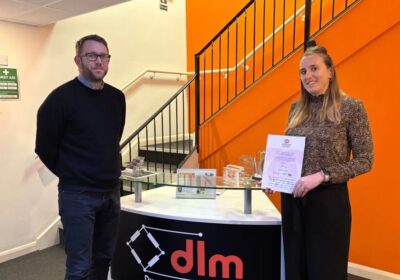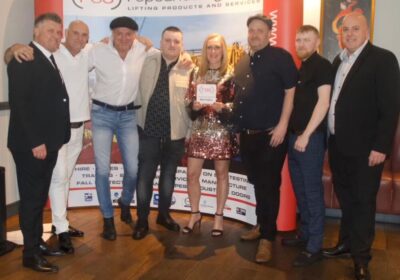Food processing machinery is a dynamic market – full of change and plenty of digital innovation. While out-of-the-box turnkey inspection applications are great, connecting legacy production lines to modern technology can be fraught with upgrades and customised development work.
Given that legacy equipment is deeply rooted in the manufacturing world and considering the capital expenditure is already likely to be in the millions, food safety and inspection specialist Fortress Technology examines the lower cost customisation steps that food manufacturers can take to integrate, retrofit, and connect new machinery and architectures with the old. Optimising investments within the same, if not smaller, footprints.
Purchasing a customised inspection machine with an integrated conveyor system, fully assembled and quality checked by a reputable inspection machinery manufacturer, is a failsafe way of ensuring that the equipment will function at the required performance levels, fit within the production line and meet retailer and HACCP in-line inspection standards. By rationalising its product range and by sticking to the company’s longstanding ethos – “simple on the surface but sophisticated under the hood,” customisations – purpose built to customer specifications – are second nature to Fortress Technology’s engineering team.
Often tasked with installing a metal detector, x-ray or checkweigher into an existing production line and configuring with legacy upstream or downstream equipment, the team always starts with a thorough application survey. Photos and videos enables the design team to factor in the unique product handling requirements, plus any dimensional restrictions around the planned installation location.
Creating a concept design is next. A wide range of belt sizes are available in heavy duty, hygienic or modular plastic chain belting. There is also a wide selection of reject mechanisms. The engineering team can scope out all the requirements and will consider every potential complication. This is reviewed with the customer to ensure they are happy with the proposal, or determine what changes are required, before creating a final approved design to go into production.
Conveyor customisations
Although extremely effective, the conveyor has certain design limitations. It’s why demand for customised solutions accounts for around 20% of Fortress machinery and conveyor orders. Even the conveyors are somewhat customised to specifications to meet existing factory configurations and ensure metal detector performance is optimised.
Strict dimensions, the choice of reject mechanisms and high care sanitation requirements are other common reasons for conveyor customisations. Fortress European Commercial Manager Jodie Curry explains: “Due to line speed, belt requirement or product profile, a particular reject mechanism may be needed that is incompatible with the conveyor, for instance sweep arms or retractable band rejects. Also, in some instances, for example when the footprint is tight, a customised conveyor is the only way to ensure that the ‘metal-free’ zone is not invaded, which could cause false readings.”

If clients require simple additions, such as buzzers and alarms, or want to equip their systems with the latest smart digital technology, almost anything is possible.
Testament to the possibilities, Fortress created a customised twin-lane inspection/conveyor system for a pizza crust manufacturer. Although the line speed wasn’t particularly fast, and the product wasn’t especially difficult to handle, the detection system needed to precisely align with existing upstream and downstream legacy equipment.
The most viable option was a customised S-curve conveyor. The reject mechanism also proved challenging. Air blast wasn’t suitable because of the belt width. A kicker proved incompatible because of the pizzas’ low profile. And there was insufficient space to accommodate a flap style reject. The solution was an innovative retracting reject mechanism.
Only marginally more expensive that a standard conveyor design, lead times are generally only a few weeks longer for a fully customised system. Most of this is due to the extra design work required to ensure that any customised system meets the exact application requirements.

Legacy gateways
Even when there are design limitations, a modular design process, spanning every system in a range, can be indicative of a high-quality machine build. Interchangeable electronic boards are another example of when Fortress pushes the customised frontier.
Down to a metal detector search head, Fortress components can be replaced with the latest revision of a part, or a metal detector could even be upgraded to a newer model.
Access to expandable I/O hardware is also beneficial. An optional piece of hardware, it connects via the Ethernet to the Fortress metal detector hardware. If the number of I/O’s on the DSP board has reached its limit, the expandable I/O can add additional inputs and outputs to a machine’s current capability. For example, a customer may require extra communication between upstream and downstream equipment, or just to the PLC, reject devices, monitoring devices, etc.
Technology like this can be utilised as a way to bridge the gap between legacy systems and today’s digitally ‘smart’ turnkey production lines, emphasises Jodie.
“Very rarely do food factories ‘rip out and replace.’ In many instances, the machinery on the line represents millions in capital expenditure and has potentially decades of useful life in it. The benefit of bespoke means that production lines can be retrofitted to incorporate smarter food safety solutions – adding future proofing value.”









